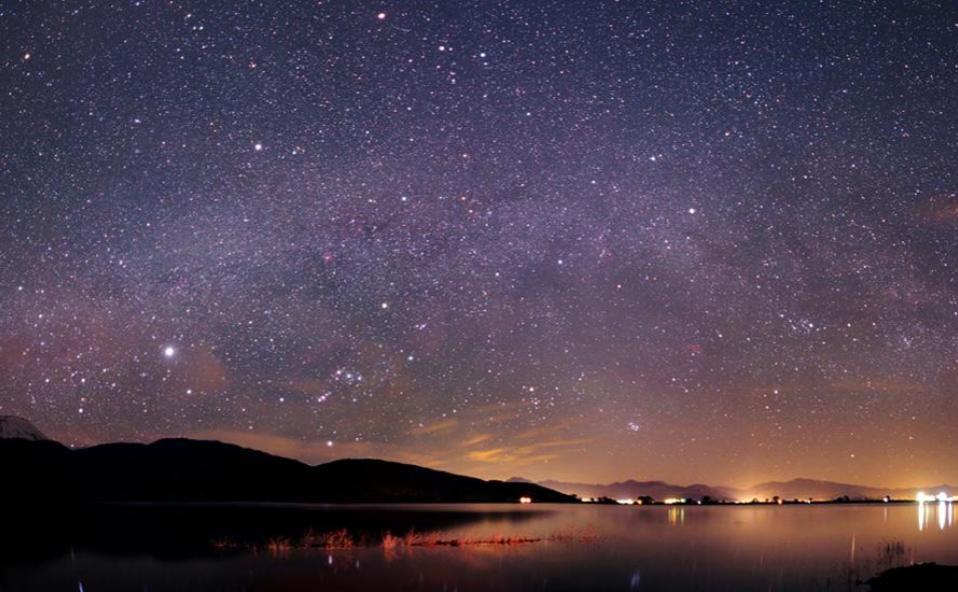Our night sky begins to tell us that spring is just around the corner as Zodiac constellation, LEO, appears well up in our east-southeastern skies in early to mid-March. Leo is a fairly bright constellation recognized by a “backwards” question mark front end, and a triangle-shaped back end. First magnitude star, REGULUS, is at the bottom of the question mark.
Spring begins officially on March 20th at 11:33 am EDT. (the Vernal Equinox). For several days around this date day-time and night-time hours are nearly equal. (about 12 hours each). Day length will gradually increase going forward into the next months.
Ground Hog Day, February 2nd, marked the exact mid-point between the Winter Solstice (December) and the Vernal Equinox. Though the Ground Hog and his shadow (seen or un-seen) has no astronomical significance, many ancient cultures recognized February 2nd as important. It told them that winter was half gone and that the warmer spring and higher Sun were drawing near.
All visible planets will be found in our eastern skies before dawn this month. Venus dominates as the brightest; rising a full 2 hours before the Sun. Mars comes up a half hour later in early March and the two seem to draw quite close. Saturn is up a little bit later, and by mid month a triangle will be formed with Venus at the top, Mars to bottom right, and Saturn to bottom left.
The best scene of the month brings all three planets and a 26 day old waning crescent Moon together. On March 28th the Moon will be just below Mars, while Venus and Saturn will be close to each other and only 6 degrees above the Moon. Binoculars should capture them all in one field of view, 30 to 40 minutes before sunrise.
Full Moon this month will be on March 18th.




Write a Letter to the Editor on this Article
We encourage readers to offer their point of view on this article by submitting the following form. Editing is sometimes necessary and is done at the discretion of the editorial staff.